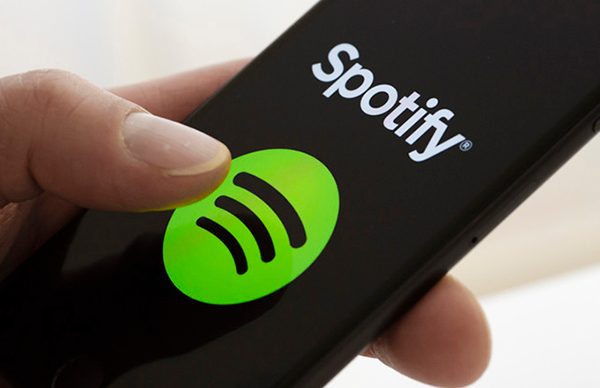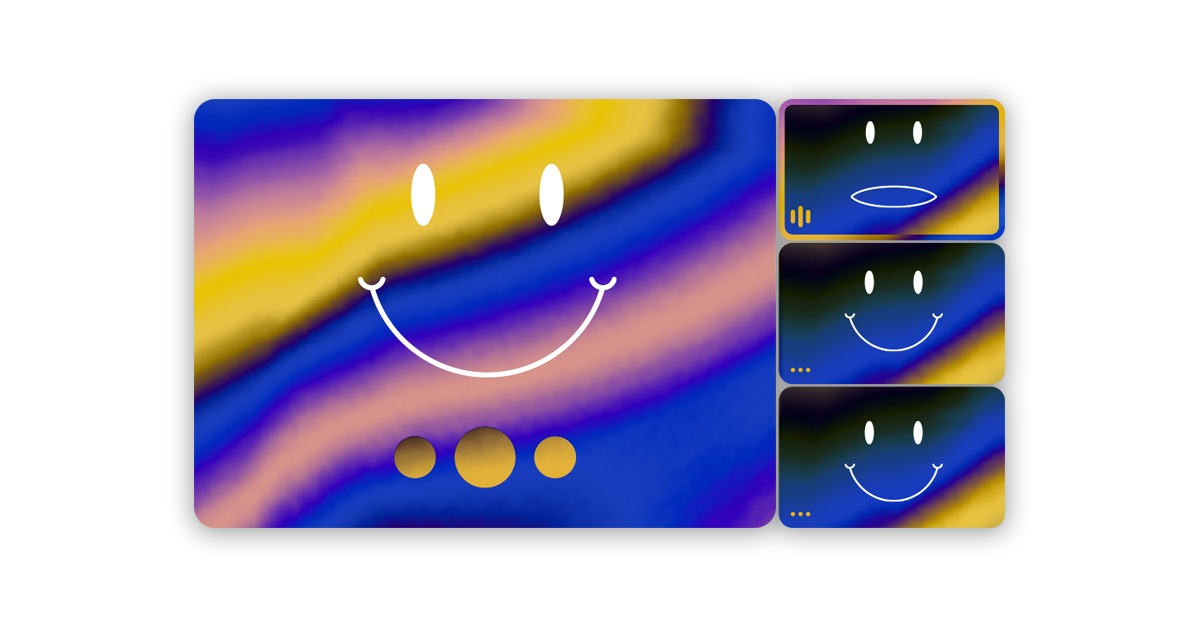Artistic relationships are essential aspects of creating music, and collaboration doesn’t have to stop when you can’t meet with other musicians in person. Remote music collaboration can result in productive work and great music in the Covid-19 pandemic this year. However, you have to make a plan and use the right tools.
Here’s how:
Why is collaboration essential?
As a music-maker, you have a world of talents, ideas, and experiences to draw from every time you create. However, while you can do a lot by yourself, creating with others gives you the ability to discover and construct ideas you wouldn’t have been able to come up with on your own.
Chances are that much of the music you’ve been influenced by was created through collaboration in some way.
Working alone means not having to reply to anyone, however musical collaboration forces you to listen to other musicians and work together.
Chances are that much of the music you’ve been influenced by was created through collaboration in some way.
Remote musical collaboration is a whole different ball game than working together in person, however, it’s still a phenomenal way to create. Some massively influential modern music has been made without musicians being in the same room.
The way to collaborate better remotely
When you work with other musicians in person, it’s probably easy to fall into a rhythm and work naturally. Remote music collaboration takes much more planning to pull off, so getting everyone on the same page is essential.
Start with a plan and create a list of reasonable goals
Doing this provides you and the musicians you’re working with structure and direction.
It’s necessary that your goals match with your resources and to keep in mind that some tasks work better remotely than others.
It’s necessary that your goals match with your resources and to keep in mind that some tasks work better remotely than others.
For example, writing and producing can simply be done without being in the same room.
Practicing and recording are trickier, especially in terms of creating live audio that sounds even and consistent.
Create a schedule and stick to it
Whenever you work with other musicians in person, you have to set regular times to meet.
Remote music collaboration isn’t any different. In case you’re stuck at home, this can be difficult to do, however, it’s essential for staying creatively productive.
Use online collaboration tools
Everything from music collaboration apps to free software programs on your laptop can be used to communicate with musicians and further your creative work together.
Mastering these tools on your own and not during sessions will save you time and frustration.
Find out what works and what doesn’t. When you create with other musicians remotely, take time to think about what works and what doesn’t. It will cut the fat from your process and help make your time together more productive.
Challenge yourself any way you can. To get the most out of working remotely with other musicians, you’ll need to stay challenged and engaged. This means embracing curiosity and pushing yourself as much as possible.
To get the most out of working remotely with other musicians, you’ll need to stay challenged and engaged.
The most effective music collaboration apps
Tech tools are essential for smooth and productive remote musical collaborations.
From platforms providing you with the power to see and hear other musician’s apps that offer professional studio-quality production capabilities, online collaboration tools are a powerful creative asset for musicians.
1. LANDR
Bringing a song from idea to release is a huge challenge, however, LANDR has the tools that will help you collaborate effectively at every stage in the process.
You may share tracks in your library for anyone you work with to leave notes as time-stamped comments. That’s the kind of detailed feedback you need to collaborate effectively.
2. Free video conferencing software: Zoom, FaceTime, Skype and others
Platforms like Zoom and FaceTime aren’t music-specific, however, they’re highly effective free assets that will allow you to create and communicate with musicians in real-time.
The act of performing together in the same digital space is one of the best ways to generate ideas remotely, and video conferencing tech helps make it happen.
3. Pibox Music
This platform is built to help producers, artists, and audio engineers get a bird’s eye view of music projects. With an ability to zero in and comment on specific tracks, you can consider these tools like Google Docs for remote music collaboration.
4. Soundtrap
Soundtrap brings DAW capabilities online and gives remote music teams a digital space to create in. They’ve made an effort to make their platform easy to use for non-tech-savvy musicians, which is a big plus.
5. Trackd
To make remote music collaboration as simple as texting, Trackd has some impressive tools for musicians. These include mobile recording tools that make on-the-go idea-sharing easy, and a unique social media aspect that connects creators.
Collaboration is key
Collaborating remotely will end up being different than making music in person. However, that doesn’t mean your work needs to be any less exciting or productive.
Today, you can create with your bandmates whenever you’re stuck at home, or with strangers from around the world.
Just like working together in the same room, the work you make remotely ultimately depends on the energy and passion you devote to your process.


